Classification of Materials: Metals, Polymers, Ceramics, Wood & Fabrics
Materials can be majorly classified in five considerable categories i.e. Metals, Polymers, wood, fabrics and Ceramics. There are other material ranges as well but here in this article most common are being discussed.
a) Metals: Metals are of varying types and the applications of metals in the structural and mechanical work are significantly extensive. However on primary basis metals can be classified in to main groups i.e. are ferrous and nonferrous metals. The classification of metallic materials is explained below:
Ferrous Metals: Ferrous metals are those metals that contain iron as a considerable constituent in it whilst non ferrous metals are free from iron metal. Ferrous metals are magnetic in nature therefore these are used in different applications that involved the usage of electro magnets. Iron is usually present in diverse ores structure. Therefore the ore is treated to yield iron metal and normally it is done by melting the ore in a blast furnace. Ferrous metals are commonly consumed metals in majority of the applications and hence its commercial classification is intensive in this regard. SPCC material defined in JIS standard is one of the types of ferrous metal. The most popular series of metallic materials i.e. Steel is actually the name given to iron and carbon alloy.
Non Ferrous Metals: Non Ferrous metals include a long list of metals some of these metals are copper, aluminum and lead etc. The classification of non ferrous metals is explained as under:
Copper metal is widely used in electrical wires due to its high conductivity for electric current. Copper is generally really very soft and can be drawn into wire easily.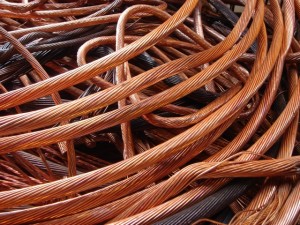
Aluminum is also a metal which is relatively similar to copper in its properties because it is also very soft and malleable just like copper, mainly aluminum is utilized in aluminum sheets and foils. Unlike iron aluminum has a lower melting point of 659 degree centigrade while that of iron is about 1530 degree centigrade. Aluminum can be easily manipulated through machining, casting, drawing and extrusion.
Lead is a special type of heavy metal; it is a bluish-white metal that has insufficient conductivity of electrical charges when evaluated against the majority of other metals. But due to lead’s ductility, malleability and softness it is mixed with other metals to make them ready for machining operations.
b) Polymers: Polymers are also recognized as macro molecules which are composed of recurring molecular structures. Polymers are based on very long plastic ranges. Polymers cover different mechanical properties that include extensive levels of strength, toughness and hardness. There are mainly three types of polymers, these are thermoplastics, thermo-setting and fiber reinforced plastics (FRPs).
FRPs are also replacing some metals in various applications for better. Since FRPs are of high strength, durability and furthermore these are flexible and light weighted therefore the rear and front body of heavy automobiles like buses are presently replaced by these FRPs in place of a metallic sheet.
c) Ceramic: Ceramic is a substance which is manufactured from inorganic and nonmetallic constituents. The constituents are subjected by the application of heat and consequent cooling. Ceramics are extraordinarily hardened, thus types of ceramics are used as manipulative tools for example as in the case of grinding wheels. Ceramics materials have high melting point therefore ceramics are used in furnace linings and other high temperature applications. Ceramics are high heat absorbers therefore these are also used in storage heaters. Ceramic balls are also manufactured to substitute steel in ball bearings. The higher hardness of ceramics explicates that these are slighter disposed to wear out and can be more durable that steel ball bearings. The distortion phenomenon under load in ceramics is also reasonably small as compare to metals. In greater speed, heat from abrasion during rolling can originate troubles for metal bearings, which can be minimized by ceramics. Ceramics are additionally chemically insolent and can be utilized in wet condition where steel bearings could oxidize. The main shortcomings in ceramics are considerably sophisticated cost and vulnerability to break under shock loads.
d) Wood: Wood is a stiff, rigid, fibrous tissue obtained from numerous trees. It has been utilized for several thousands of decades for two primary purposes that are as fuels and as a construction or building material. Wood is an organic material, a usual amalgamated of roughage fibers (which are physically powerful in stress) entrenched in a medium of lignin which opposes compression. Wood is formed as derived xylem in the stalks of trees (and additional forested plants). In an existing tree it executes an upholding purpose, allowing woody plants to develop outsized or to stand up their own survival. It also arbitrates the movement of water and nutrients to the leaves and further emerging tissues. Wood may possibly in addition submit to supplementary tree materials with analogous properties, and to substances engineered from timber, or forest chips or wood.
e) Fabric: A fabric is an elastic woven material comprising of an arrangement of usual or synthetic fibers frequently named as what is called as thread or yarn. The term fabric cloth is utilized in textile congregating trades (for example couture and dressmaking) as analogies for textile. On the other hand, there are delicate dissimilarities in these stipulations in dedicated custom. Textile cloth complies with such material composed of interweaving of fibers. Fabric complies with that material produced via weaving, knitting, scattering, needle-working, or tying that may be utilized in making of finished goods (clothes, etc.). This means textile cloth is a finished good and a fabric material is work in process good in a textile industry.




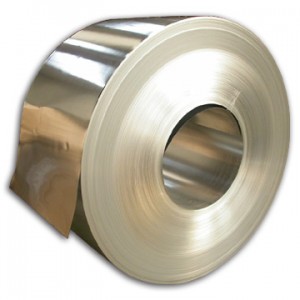
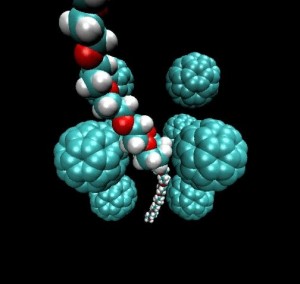
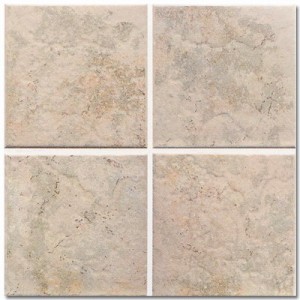
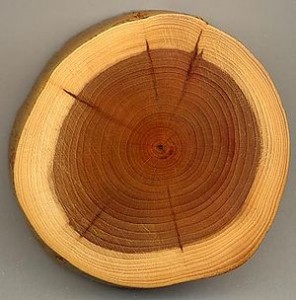
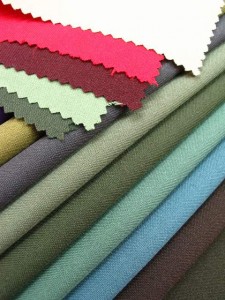
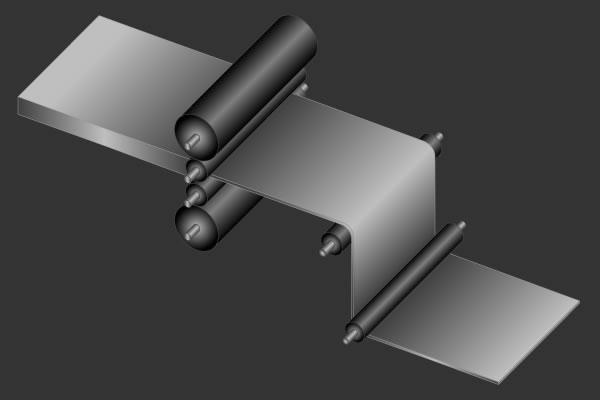
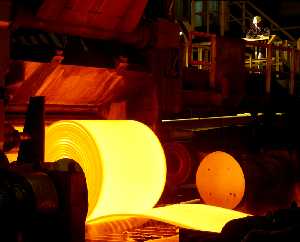

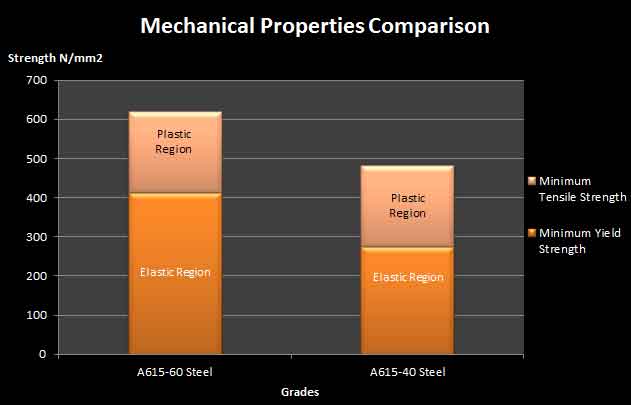
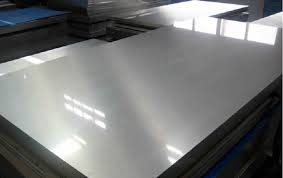
“Wood” and “fabric” are not material classifications. Wood is a composite, made mainly of cellulose and hemicellulose, which are polymers. The same is true for fabrics. While synthetic fabrics are pure polymers (polyamide, polyester…), natural fabrics (such as cotton) are composites, mainly composed of cellulose (again, a polymer!).
Thanks for raising this issue.
Thank you for this comment.